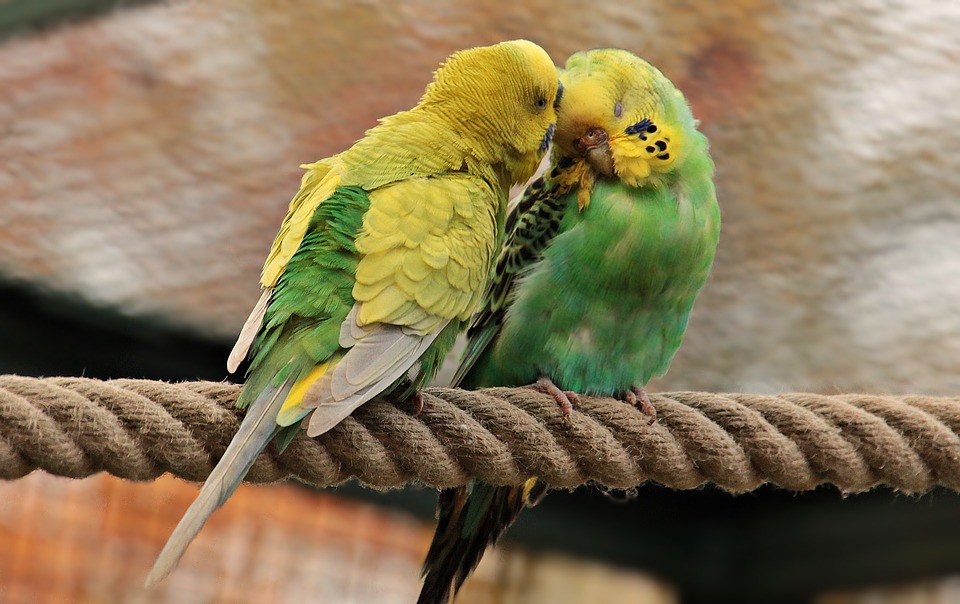NEW YORK: Polly wants a cracker. Polly gets chopped vegetables because parrots need a diverse array of nutrients. Polly eats one bite and flings the rest on to the floor.
This is a common occurrence in the homes of parrot-lovers across the world. No matter what sort of delicious, nutritious meal is prepared, “half of it lands on the floor and stuck to the walls,” said Kat Gupta, the caretaker of a Bronze-winged Pionus named Leia and a frequenter of online parrot message boards, where others swap stories of re-tossed salads and overturned bowls.
Polly, Leia and their peers aren’t necessarily being picky. They’re just being parrots. According to a study last month in Scientific Reports, wild parrots across the world also waste food – an unusual and confusing habit in the animal kingdom, were making the most of a meal is generally an important part of survival.
The new study provides “a comprehensive picture of parrots’ food-wasting behavior in their natural environment,” said Anastasia Krasheninnikova, a biologist at the Max Planck Comparative Cognition Research Group in Spain, an independent commenter.
Like parrot parents, researchers have long noticed their wild study subjects flinging around fruits, flowers, and seeds that might have made perfectly good eating. Sometimes they’ll take a bite or two before discarding them. Other times, “they just cut it and let it fall,” said Esther Sebastian-Gonzalez, a postdoctoral biology researcher at Universidad Miguel Hernandez in Spain, and the lead author of the paper.
A group of ornithologists tracked this behavior in the wild over several years. They also watched for it in more controlled settings. The result was data covering 103 species in 17 countries, encompassing 30% of known parrot types.
Every single one wasted food, from the blue-and-yellow macaw of South America to the sulfur-crested cockatoo of Australia. In some instances, a single parrot was observed jettisoning 80% of the food is picked.
“We knew that it was going to be widespread, but we were surprised it was that much,” Sebastian-Gonzalez said. In some cases, “it looked like they were playing with the food instead of eating it.”
The data yielded patterns. Parrots are more likely to drop unripe fruits than ripe ones, and they’re more careful with food during the breeding season when they are raising hungry chicks.
But other factors didn’t matter so much: the size of the bird, the number of other birds around, whether or not there were parasites in the fruit.
Even birds that hadn’t eaten for a while greeted their next meal by junking parts of it. “They do it in any situation, which is very curious,” Sebastian-Gonzalez said.
This profligacy might actually help other members of the birds’ ecosystems. The researchers observed 86 types of animals, from ants to cattle-like zebus, eating food that parrots had dropped. A number of these secondary munchers might have then dispersed seeds, a boon to the plants as well.
But this doesn’t explain the biggest question – what does it do for the parrots? In the past, observers have chalked the habit up to clumsiness. But that it happens with such regularity across species suggests that there could be “an intention in it,” Sebastian-Gonzalez said.
Her best guess is that the parrots are planning ahead. “For human production, you cut fruits to make the crop better,” she said. “So maybe the birds are doing something like that. They are pruning the trees to get sweeter fruits, and bigger fruits later.”
Parrots are known to make forward-thinking decisions, so this wouldn’t be a total surprise, but it’s not clear yet how the behavior could have evolved, Krasheninnikova said.
The researchers are hoping to test their hypothesis with more studies. In the meantime, people like Gupta are left to shoulder their brooms and to try new foods and new strategies, likely in vain.
“Based on our study, I don’t think you can do much,” Sebastian-Gonzalez said.
Source: The New York Times News Service









Comment